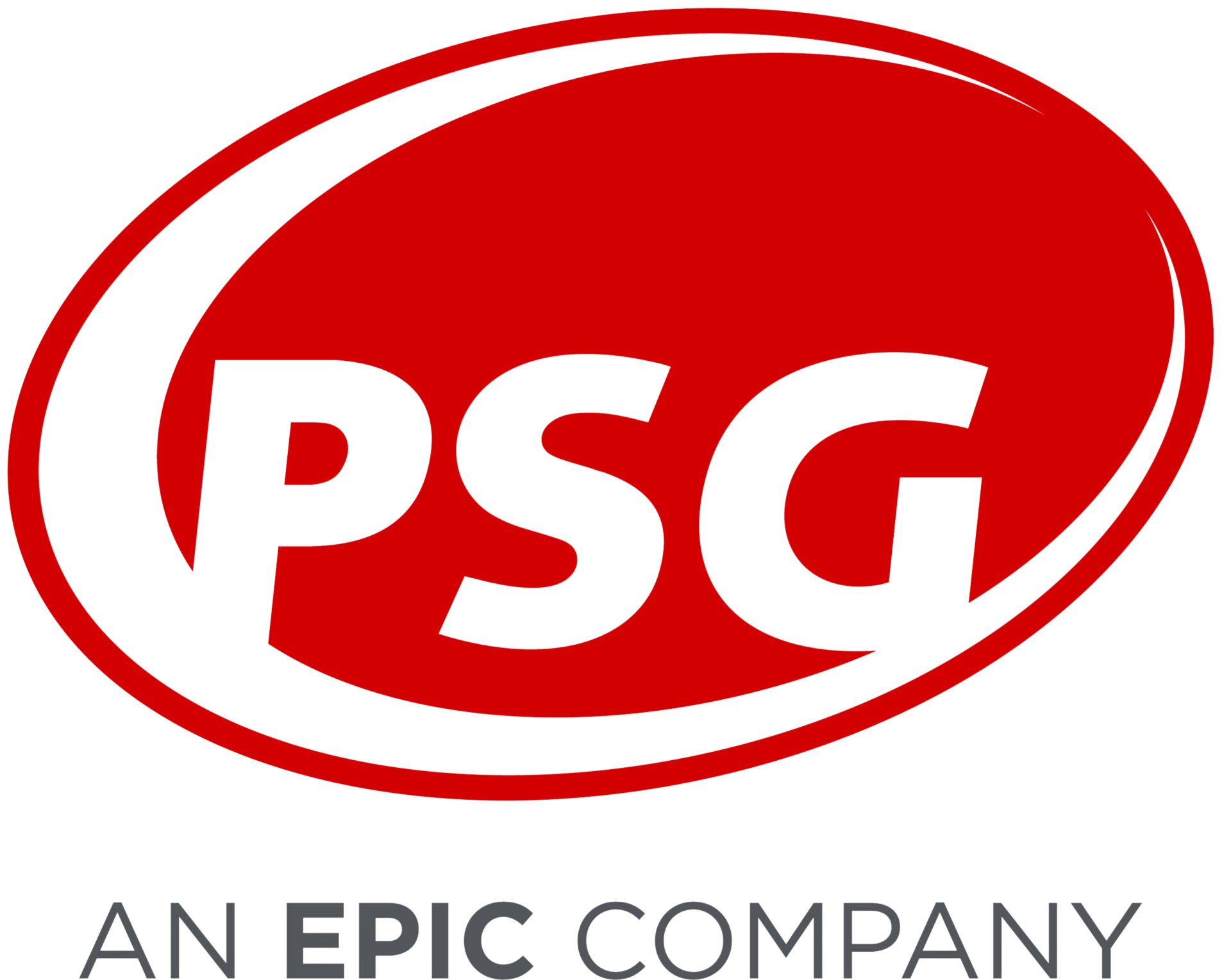Reviewing PBM Alternative Pricing Models For CVS Health, ESI, and OptumRx
Posted on March 26, 2024
PBM Alternative Pricing Models Require Thoughtful Consideration For Plan Sponsors
PBM alternative pricing models are being rolled out by some of the biggest organizations in the industry in response to mounting political pressure, changing legislation, and the prevalence of industry disruptors. PSG has closely assessed the strategies put forward by CVS Health, ESI, and OptumRx regarding pharmacy reimbursement and client pricing models. We will take a deeper look at network contracting strategies like CVS CostVantage and ESI ClearNetwork in addition to client pricing strategies such as CVS Caremark TrueCost, ESI ClearCareRx, OptumRx Cost Advantage, and OptumRx Cost Clarity and share some considerations for how plan sponsors should address the changing pricing landscape.
Network Contracting Strategy:
CVS CostVantage*
CVS will compensate their 9,000 CVS retail pharmacies using an internally computed acquisition cost + a percentage mark up + a patient management fee. CVS plans to expand the cost-plus model to non-CVS pharmacies in the future.
ESI ClearNetwork
ESI will contract with 65,000 retail network pharmacies using acquisition cost + a percentage mark up + pharmacy dispensing fee. Acquisition cost is based on the lower number out of Predictive Acquisition Cost, NADAC, or WAC.
Client Pricing Strategy:
CVS Caremark TrueCost
CVS will charge clients the actual cost of the drug based on an internally computed acquisition cost + an admin fee. Pricing will be guaranteed at the drug level using GPI 10 and will have the option to incorporate point-of-sale rebates.
ESI ClearCareRx
ESI will charge clients the amount ESI pays the pharmacy + an all-encompassing PMPM administrative fee, which includes PBM services, reporting, and analytics. Pricing will be guaranteed on a PMPM basis for gross cost net of rebates.
OptumRx Cost Advantage
OptumRx will charge clients the amount OptumRx pays the pharmacy based on AWP/MAC + an administrative fee, which will vary based on the level of services selected. Pricing will be guaranteed on an AWP discount basis.
OptumRx Cost Clarity
OptumRx will charge clients the amount OptumRx pays the pharmacy based on a pricing logic that includes NADAC and WAC + an administrative fee, which will vary based on the level of services selected. Pricing estimates will be provided but not guaranteed.
Considerations For New “Cost-Plus” Pricing Models
When considering new pricing models, a plan sponsor should contemplate three key areas: 1) plan and member savings, 2) cost transparency, and 3) guarantees and contract terms.
Plan and Member savings
It is important to understand the current financial challenges in the retail pharmacy market when setting expectations regarding plan and member savings potential. With many retail pharmacies struggling to maintain margins, PBMs will have limited ability to negotiate deeper pharmacy pricing arrangements, so a change to the pricing model is unlikely to generate significant savings over the current pricing model.
Consider that the share of PBM profits attributable to pharmacy network contracts has dropped to an all-time low of 16%, down from 24% in 2012. Meanwhile, PBMs are finding their most lucrative profit centers through specialty pharmacy and GPO strategies. Given these facts, a move to a new transparent pricing model should not be entered into with the idea that large savings opportunities will be the result. Considering where the PBMs are gaining profitability and applying low net-cost strategies are better paths to unlocking savings with a PBM partner. Also members may incur additional costs as new pricing models look to add in admininstrative fees, higher dispense fees, and potentially shipping costs that were previously not included in the cost calculations.
Cost Transparency
The unfortunate reality is that moving to a new pricing model will only provide additional transparency if costs can be captured and tracked through the supply chain. The above-mentioned cost-plus models still require the use of drug cost benchmarks (e.g., internally computed acquisition cost, predictive acquisition cost, NADAC, WAC), which do not truly reflect the actual drug costs incurred by the pharmacy. For vendors that own their pharmacy assets, the ability to achieve transparency will be further convoluted due to the vertical integration of the supply chain.
The industry is swapping one drug cost benchmark (average wholesale price) for another. However, there are positive outcomes related to the shift in pricing dynamics. The cost-plus model will eliminate MAC pricing and associated pricing fluctuations. It will also eliminate brand/generic cross-subsidization pricing practices common within the pharmacy pricing arrangement. The initial shift to a cost-plus model will likely result in increased brand cost and reduced generic costs, but in the long term, this will result in more consistent and predictable drug costs for both plans and members.
Guarantees and Contract Terms
PBM guarantees and contract terms are the pillars on which cost savings and transparency are built. As new pricing models emerge, the basis by which performance is measured is also shifting. PBMs are signaling a move away from the current AWP discount and rebate guarantee construct. Guarantee commitments are now using reconciliation methodologies that measure PMPM cost, drug level cost, and conversion from a new cost basis (e.g., NADAC, WAC) back to AWP discounts.
To appropriately value and compare new pricing guarantee structures, it will be important to understand the basis by which the costs are being measured. PBMs are using different cost basis methodologies to establish a cost benchmark, such as internally computed acquisition cost, predictive acquisition cost, NADAC, and WAC. Nationally published benchmarks are easily auditable but are not necessarily an accurate representation of the true costs of the pharmacy. A cost basis that uses a complex methodology, combining several pricing benchmarks or otherwise internally computed, will become more challenging to validate. It will be important for plan sponsors to hold PBMs accountable to pricing guarantees by negotiating favorable contract terms and leveraging audit rights.
The current AWP discount and rebate guarantee pricing construct relies heavily on brand and generic definitions, rebate exclusions, and other pricing terms to ensure the appropriate pricing value is captured by the plan. As new guarantee structures emerge, plan sponsors should be on the lookout for new tactics that diminish the value of pricing guarantees. This might include reserving the right to unilaterally modify guarantees on drug level pricing or the exclusion of high dollar claims on a PMPM cost guarantee. The adoption of a new model will require plan sponsors to reconsider which contract terms are most important.
Leverage Industry Experts to Assist With PBM Pricing Arrangements
It is becoming increasingly important for plan sponsors to assess their PBM pricing arrangements and determine if these new models will provide strategic value to their organizations. Both network contracting strategies and client pricing strategies created by CVS, ESI, and OptumRx require thoughtful consideration. PSG’s team of experts is standing by to help navigate the complexities of these arrangements and can provide support in evaluating the financial impacts on your organization.
*CVS CostVantage is a retail initiative.

